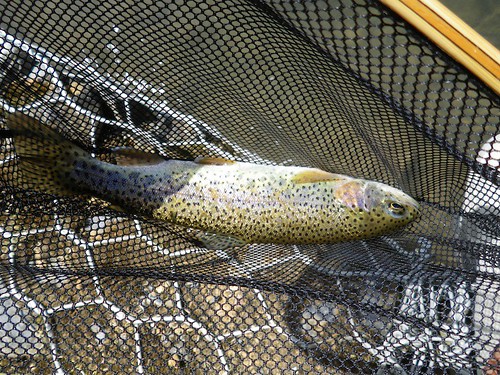gfen
Active member
- Joined
- Apr 8, 2007
- Messages
- 6,639
Do stocked fish exhibit parr marks?
If not, why not?
Would a stocked fingerling, or small enough fish, develop them if no stocked fish do?
I picked up rainbow today in a place where I know they don't reproduce on which fading, but present, parr marks. I was under the impression that stockies don't develop them, so my whole world's been turned over.


'Splain how!
If not, why not?
Would a stocked fingerling, or small enough fish, develop them if no stocked fish do?
I picked up rainbow today in a place where I know they don't reproduce on which fading, but present, parr marks. I was under the impression that stockies don't develop them, so my whole world's been turned over.


'Splain how!



